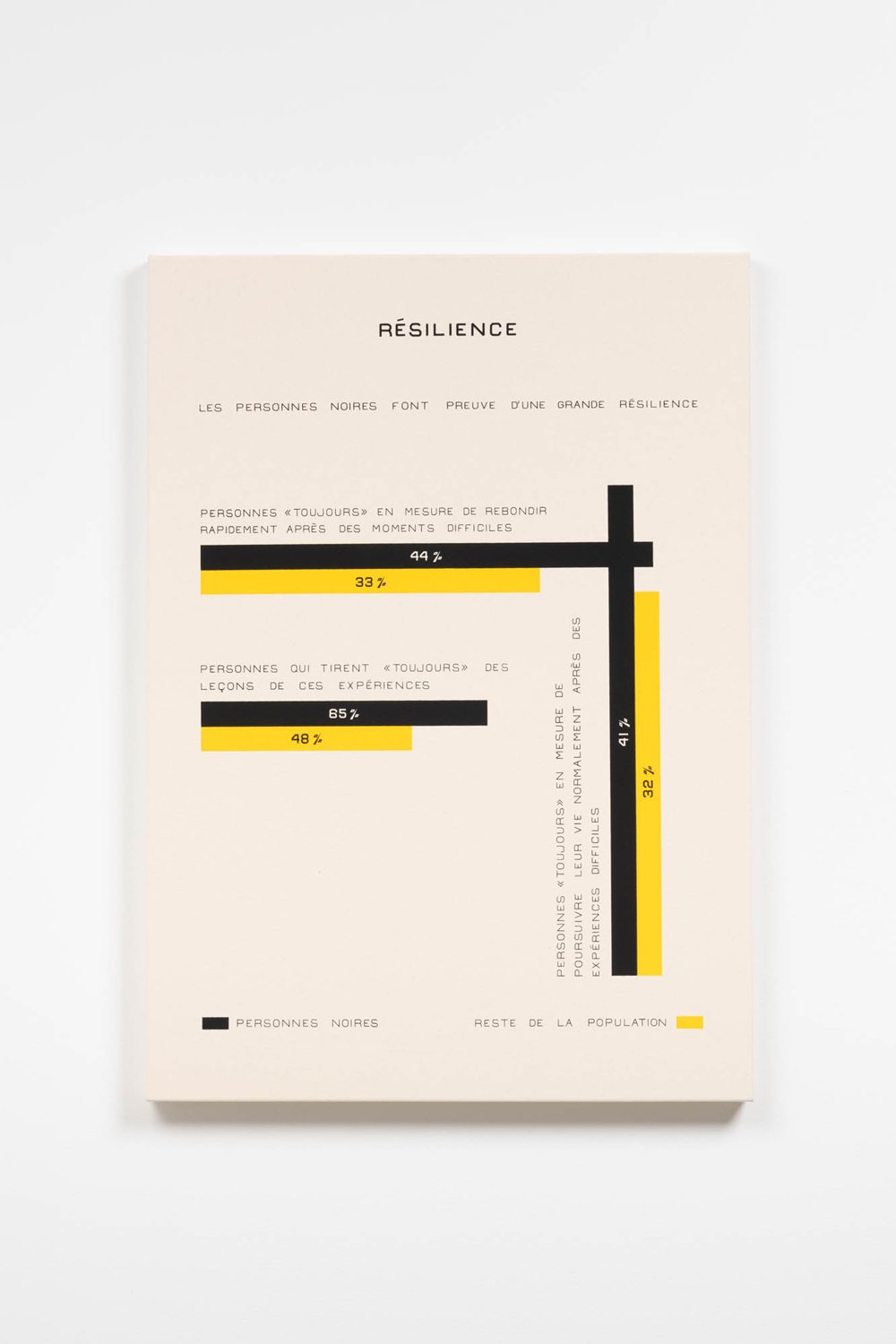Stanley Février - Hurlement
2023 | STANLEY FÉVRIER
HURLEMENT
MONTRÉAL
July 6- Sept 2, 2023
Opening: July 6, 17h-20h
Blouin Division is pleased to present Hurlement, a solo exhibition of recent works by Stanley Février.
Hurlement reflects Février’s devotion and longstanding fascination with humanitarian issues on both an essential socio-cultural level and within the framework of the art world itself. Through bold graphics that bring statistics to life, physically and emotionally engaging sculptures, and subjects tenderly treated in drawings on canvas, Février champions the dignity of the human being across entrenched dividers of culture, race, gender, and economic status.
Février captures the essence of humanity through various means; most notably, the body is understood as a site of experience (painful or otherwise), authentic expression, illumination and redemption. All people are united through the universal reality of having a body, and it is in the physical plane that otherwise invisible or unspoken narratives and beliefs can be witnessed. A body can be a victim or a perpetrator, a benevolent or malevolent force; it is, in whatever case, always redeemable.
Time is an integral component of the works, a thread that connects the people, events and symbols of the past with their contemporary counterparts, and brings their stories and meaning to bear on the present. In a series of portraits, Février amalgamates the depictions of historical Haitian presidents and leaders with those of young Black men whose lives were taken by police in recent Canadian history. Fitted in regal garb and given the stately visual language of political portraiture, the uncompromising dignity of the young men, despite their ends, is reinforced. The portraits, which appear as paintings, are in fact Hydro-Stone sculptures – busts or monuments, enduring testaments to the lives of their subjects. Monumental drawings on canvas similarly turn to history – in this case, art history – to borrow from the authority that it holds. References to iconic works by artists such as Botticelli and Mantegna invite the viewer in through the familiar and become a template upon which the differences in Février’s “interpretations” can reiterate or reject meaning.
The sheen that the passage of time imparts on its artefacts is a construct that serves as a reminder that we can view the people of the present (their realities and stories) with the same reverence, raising them up to a level befitting their intrinsic value.

































